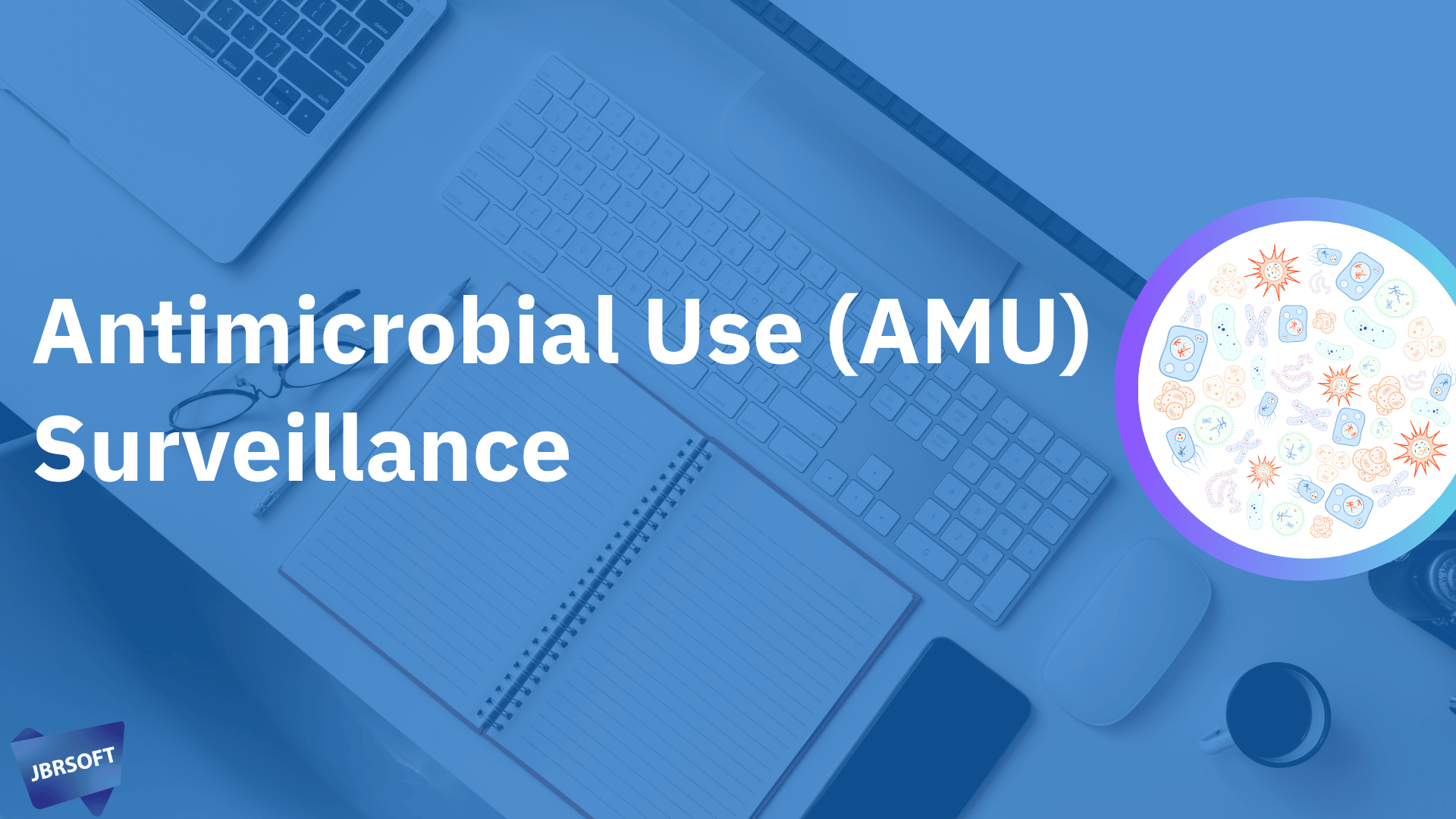In the global effort to combat Antimicrobial Resistance (AMR), understanding how antimicrobials are used is just as critical as tracking resistance itself. This is where Antimicrobial Use (AMU) Surveillance comes in — a foundational component of any national or global AMR containment strategy.
In this article, we provide a clear and concise overview of AMU surveillance, its global relevance, and how the World Health Organization (WHO) supports countries in collecting, analyzing, and reporting AMU data effectively.
What is Antimicrobial Use (AMU) Surveillance?
AMU surveillance refers to the systematic collection, analysis, and reporting of data on how antimicrobials — such as antibiotics — are used in human health, animal health, and agriculture. In the context of AMR containment, it focuses on:
- Monitoring trends in antimicrobial consumption
- Supporting rational use of medicines
- Informing national policies and prescription practices
- Identifying overuse, misuse, or underuse of antimicrobial agents
Effective AMU surveillance helps countries design strategies to reduce unnecessary antimicrobial exposure, which is key to slowing the spread of resistance.
What Are the Major Components of AMU Surveillance?
WHO’s AMU surveillance framework generally consists of the following key components:
- Data Sources: Includes sales data from wholesalers/importers, health facility stock records, and prescription data.
- Indicators and Metrics: Standard indicators such as Defined Daily Doses (DDDs), DDDs per 1,000 inhabitants per day, and antimicrobial classes.
- Data Collection Tools: Tools like the WHO AMU Surveillance Excel Template, customized for low- and middle-income countries.
- Data Aggregation and Analysis: Organized by year, facility, sector (public/private), and antibiotic categories.
- Reporting and Dissemination: Reporting to GLASS (Global Antimicrobial Resistance and Use Surveillance System) and sharing findings with stakeholders.
How Does WHO Support AMU Surveillance?
The WHO provides technical guidance, tools, and platforms to enable countries to initiate and sustain national AMU surveillance systems. Support includes:
- Training and capacity building for health officials and data collectors
- Standardized templates and protocols (e.g., WHO AMU Excel Template)
- Technical support missions through regional offices and partners
- Integration into the GLASS platform, which harmonizes reporting globally
This ensures consistency in how AMU data is captured and interpreted across different health systems.
What is GLASS and How Does It Support AMU Surveillance?
The Global Antimicrobial Resistance and Use Surveillance System (GLASS), launched by WHO in 2015, is the first global system that collects standardized AMR and AMU data from countries. For AMU surveillance specifically, GLASS helps:
- Harmonize AMU data definitions and reporting structures
- Facilitate cross-country comparisons
- Build a global evidence base for interventions and policies
- Provide an open-access platform for policymakers and researchers
Countries voluntarily enroll in GLASS and submit annual AMU data using the prescribed WHO tools and formats.
What is the WHO AMU Surveillance Macro Excel Template?
The WHO AMU Excel Template is a macro-enabled spreadsheet tool designed to support countries in capturing and organizing antimicrobial use data for national surveillance and GLASS reporting. Key features include:
- Pre-configured fields for data entry and validation
- Automated calculations of standard indicators like DDDs
- Built-in lists of antimicrobial agents and ATC codes
- Support for multiple data sources (hospital, retail, sales)
- Generation of standardized reports for GLASS submission
How Does the Excel Template Work?
- Data Entry: Users input raw data (e.g., total volume of antimicrobials sold or used) into designated fields.
- Calculation: The template automatically calculates indicators such as:
- Total DDDs
- DDDs per 1,000 inhabitants per day
- Proportion by antimicrobial class
- Validation: Built-in macros check for missing or inconsistent data.
- Output: A summary sheet is generated, which can be reviewed and used directly for national reporting or submission to GLASS.
How Do Countries Submit AMU Data to GLASS?
Once the data is compiled and validated in the Excel template:
- Review: National authorities review the data with WHO country or regional office support.
- Upload: The validated file is submitted to the WHO GLASS team via the official GLASS submission portal.
- Publication: After quality checks, the data is published in the annual GLASS report and visualized on the GLASS online dashboard.
Final Thoughts
AMU surveillance is not just a data collection exercise — it is a critical tool for protecting the effectiveness of life-saving medicines. With the WHO’s guidance and tools like the AMU Excel Template, countries are better equipped to understand, manage, and improve the use of antimicrobials.
Stay tuned for the next article in this series, where we’ll dive deeper into the structure and use of the WHO AMU Surveillance Excel Template.
🖋️ Written by:
The JBRSOFT AMR Informatics Team
Empowering Health Systems through Digital Innovation
Follow Our WorkTo stay informed about our latest innovations in health systems and digital transformation, follow JBRSOFT Limited on:
🌐 Website: https://jbrsoft.com
🔵 LinkedIn: linkedin.com/company/jbrsoft
📘 Facebook: https://www.facebook.com/jbrsoft
🐦 Twitter: https://x.com/Jbrsoft10
If you are interested in a similar business case, feel free to contact us: Email: management[@]jbrsoft.com, Direct: +8801968-192627.
#AMUSurveillance #AMR #GLASS #PublicHealth #OneHealth #WHO #HealthData #AMRContainment #OHASS #DGDA #AMRBD #JBRSOFT

